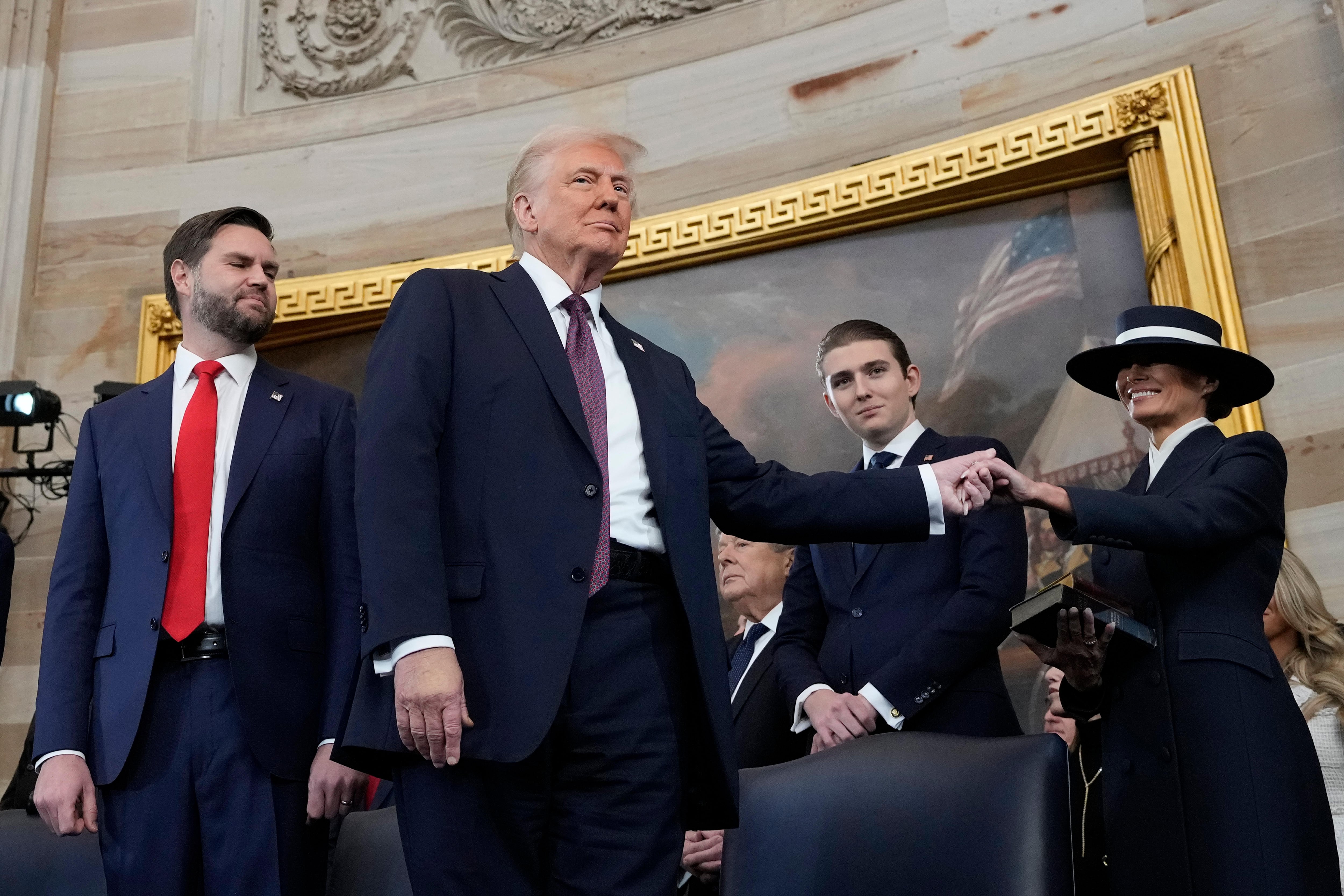Editor’s note: This is one in a series of pieces that make up the Military Times 2018 Benefits Guide. Read or download the entire e-book here.
A look at the basics that make up your basic pay … and what could be in store for your bank account come 2019:
What it is: Basic pay is determined by rank and length of service, with automatic raises when troops meet certain time and promotion markers. In addition, each year Congress determines how much of a pay raise all troops should get.
The figure is tied by law to the anticipated increase in private sector pay, but lawmakers in the past have approved smaller raises to save money for other military priorities.
When it happens: The annual military pay increase takes place in January of each year. The White House issues its target for the hike each August, either going along with the projected Employment Cost Index or offering justification for establishing a different rate.
Lawmakers have the final say, however. Typically, the pay raise figure is set in the annual defense authorization act, which has been passed every fall for the last five-plus decades.
The raise is usually applied across the board, although lawmakers made an exception at the height of the wars in Iraq and Afghanistan to provide more money for some midcareer service members to help with retention issues.
| Year | Raise (%) | | | Year | Raise |
|---|---|---|---|---|
| 2019 | 2.6 (proposed) | 2011 | 1.4 | |
| 2018 | 2.4 | 2010 | 3.4 | |
| 2017 | 2.1 | 2009 | 3.9 | |
| 2016 | 1.3 | 2008 | 3.5 | |
| 2015 | 1.0 | 2007 | 1.2 | |
| 2014 | 1.0 | 2006 | 2.2 | |
| 2013 | 1.7 | 2005 | 3.1 | |
| 2012 | 1.6 | 2004 | 3.5 |
What it means: The most junior enlisted service members make around $18,000 a year in basic pay (not including allowances, special pays and other benefits), while enlisted troops nearing retirement typically earn about $70,000 annually. Officer pay is significantly higher: The most junior officers clear close to $38,000 a year while senior officers nearing 20 years of service can make in excess of $167,000.
That means that even a small change in the anticipated pay raise calculations can make a big difference for military families.
For example, last spring the White House proposed a 2.1 percent pay raise for troops in 2018. But lawmakers went beyond the president’s request and approved a 2.4 percent pay raise which started in January, equal to the civilian raise calculation figures.
For an E-4 with three years of service, that difference of 0.3 percentage points means an extra $83 in take-home pay over the course of a year. For a senior enlisted or junior officer, the difference is closer to $150 over 12 months.
Outside advocates have said even though those gaps won’t cover a mortgage payment, they are the difference between being able to afford a monthly co-pay for prescriptions or having to go without. That makes even small increases or trims a major issue in the military community.
Since the start of the all-volunteer military force in 1973, Congress has authorized a pay raise of at least 1 percent for troops every year, even during budget cycles where other civilian wages were held steady.
Action items: Calculate your regular military compensation (pay, some allowances and tax considerations), or find out what it could be after a promotion or a relocation, here.
WHAT’S NEW
The 2.4 percent pay raise troops received in January 2018 was the largest they had seen since 2010. Lawmakers have repeatedly hailed that as keeping faith with the sacrifices and service of troops, although part of that mark is attributed to the Employment Cost Index calculation hitting its highest mark in years.
The 2019 pay raise may be even higher. White House officials have proposed a 2.6 percent pay raise for next January, equal to the expected raise in private sector wages.
If that holds, that means a monthly boost of around $60 for junior enlisted troops, $100 for senior enlisted and junior officers, and nearly $200 for senior officers.
The budget debate process is expected to take until the end of the year to settle, but outside advocates are optimistic that the 2.6 percent mark represents the lowest likely raise troops will see. Lawmakers have been more reluctant to trim military pay than Pentagon planners, and in recent years have only increased the White House’s proposed raises.
The White House has also paired the pay raise recommendation with a planned increase in military end strength, arguing that personnel totals and benefits will be among the most important steps to rebuilding American military strength.
Still, the plan could be stalled or upended by continued political infighting on Capitol Hill. With the midterm elections scheduled for this fall, lawmakers are expected to break for some of July and most of August to campaign in their home districts.
That shortened legislative schedule could delay final passage of the pay raise until late in the year.
Leo covers Congress, Veterans Affairs and the White House for Military Times. He has covered Washington, D.C. since 2004, focusing on military personnel and veterans policies. His work has earned numerous honors, including a 2009 Polk award, a 2010 National Headliner Award, the IAVA Leadership in Journalism award and the VFW News Media award.




